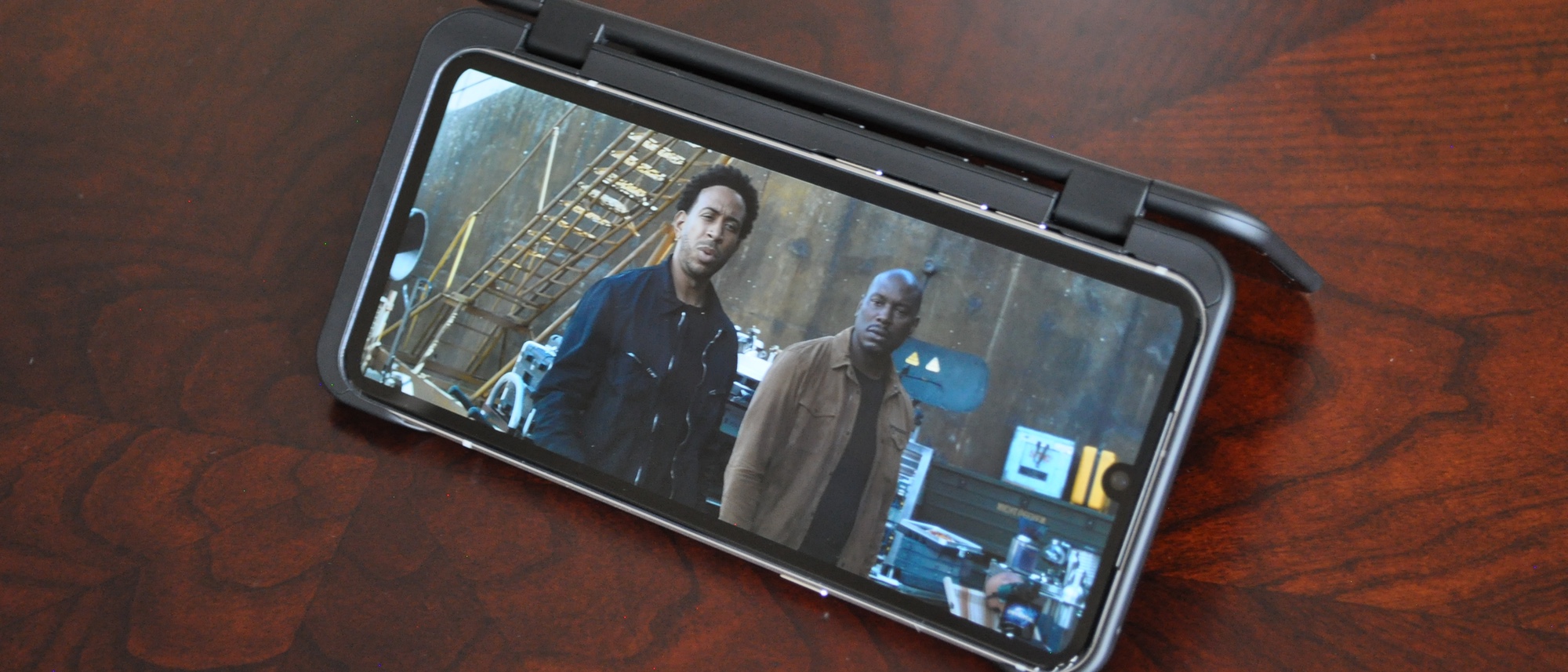Tom's Guide Verdict
The LG V60 ThinQ 5G is a solid all-around alternative to Samsung's Galaxy S20 Plus and S20 Ultra, with better battery life. But the Dual Screen attachment, is wonky and the cameras disappoint.
Pros
- +
Excellent battery life
- +
Clean design
- +
Headphone jack intact
- +
Great performance
Cons
- -
Very, very big
- -
Dual Screen has software quirks
- -
Dated software
- -
Not available unlocked
Why you can trust Tom's Guide
It goes that if something isn't broke, you don't fix it. Evidently, LG feels that way about its flagship smartphones. The Korean tech giant has taken a very iterative approach with its premium mobile line over the last two years and change, and that philosophy has flowed into its latest offering: the LG V60 ThinQ 5G.
Mind you, iteration isn't necessarily a bad thing, and our LG V60 ThinQ 5G review found that this phone isn't entirely the worse for it. This is a very complete handset — arguably more complete than even the Samsung Galaxy S20, given that LG appears to be one of the few phone makers left that's committed to the headphone jack. The V60's battery life also marks a satisfying step forward for LG, whose devices always seemed to lag behind the competition's in endurance.
Nevertheless, LG's continued emphasis on evolution, rather than revolution, has produced yet another flagship that feels like a refresh of a rehash rather than a candidate for one of the best phones you can buy right now. And while other phone makers are innovating with camera hardware, fast-refreshing displays and exotic materials, LG seems quite comfortable immersed in the status quo. Sure, the V60 is good enough, and its battery life lands it firmly on our list of the longest-lasting phones. But this phone offers nothing we haven't seen before.
LG V60 ThinQ 5G: Price and availability
The LG V60 ThinQ 5G is available from T-Mobile, AT&T and Verizon for $899. That sum not only gets you the device, but also its LG Dual Screen case, which adds an identical second display that you can add and remove at will. T-Mobile offers the phone sans case for $799.
The V60 comes in two colors — Classy White and Classy Blue — but cannot be purchased unlocked at the time of writing. That may change down the line, though the lack of an unlocked option may be a function of the phone's 5G network support, because major carriers retain exclusivity over some 5G bands.
The V60 can connect to both long-range, sub-6GHz 5G, as well as the much faster, albeit shorter range millimeter-wave (mmWave) configuration of 5G. T-Mobile and AT&T have primarily concentrated on the sub-6GHz side of things to date, while Verizon has focused on mmWave — though it's still early for all of these carriers, as they're continuing to build out their 5G infrastructures.
LG V60 ThinQ 5G: Specs
| Price | $799 (phone only); $899 (with Dual Screen case) |
| Display (resolution) | 6.8-inch OLED (2460x1080) |
| Rear cameras | Triple: 64MP primary (ƒ/1.8); 13MP ultrawide (ƒ/1.9); time-of-flight depth sensor |
| Front camera | 10MP (ƒ/1.9) |
| CPU | Qualcomm Snapdragon 865 |
| RAM | 8GB |
| Storage | 128GB |
| microSD slot? | Yes; up to 2TB |
| Battery | 5,000 mAh |
| Battery life | 12:46 |
| Size | 6.67 x 3.06 x 0.35 inches |
| Weight | 7.69 ounces |
LG V60 ThinQ 5G: Design
The V60 might look big in photos, but trust me — it's quite another thing to hold the phone. LG has fitted this device with a 6.8-inch display, and while that's technically a tenth of an inch smaller than the 6.9-inch panel on the Samsung Galaxy S20 Ultra, the V60 is actually taller and wider, because of its moderately thicker bezels and lack of curvature around the sides.
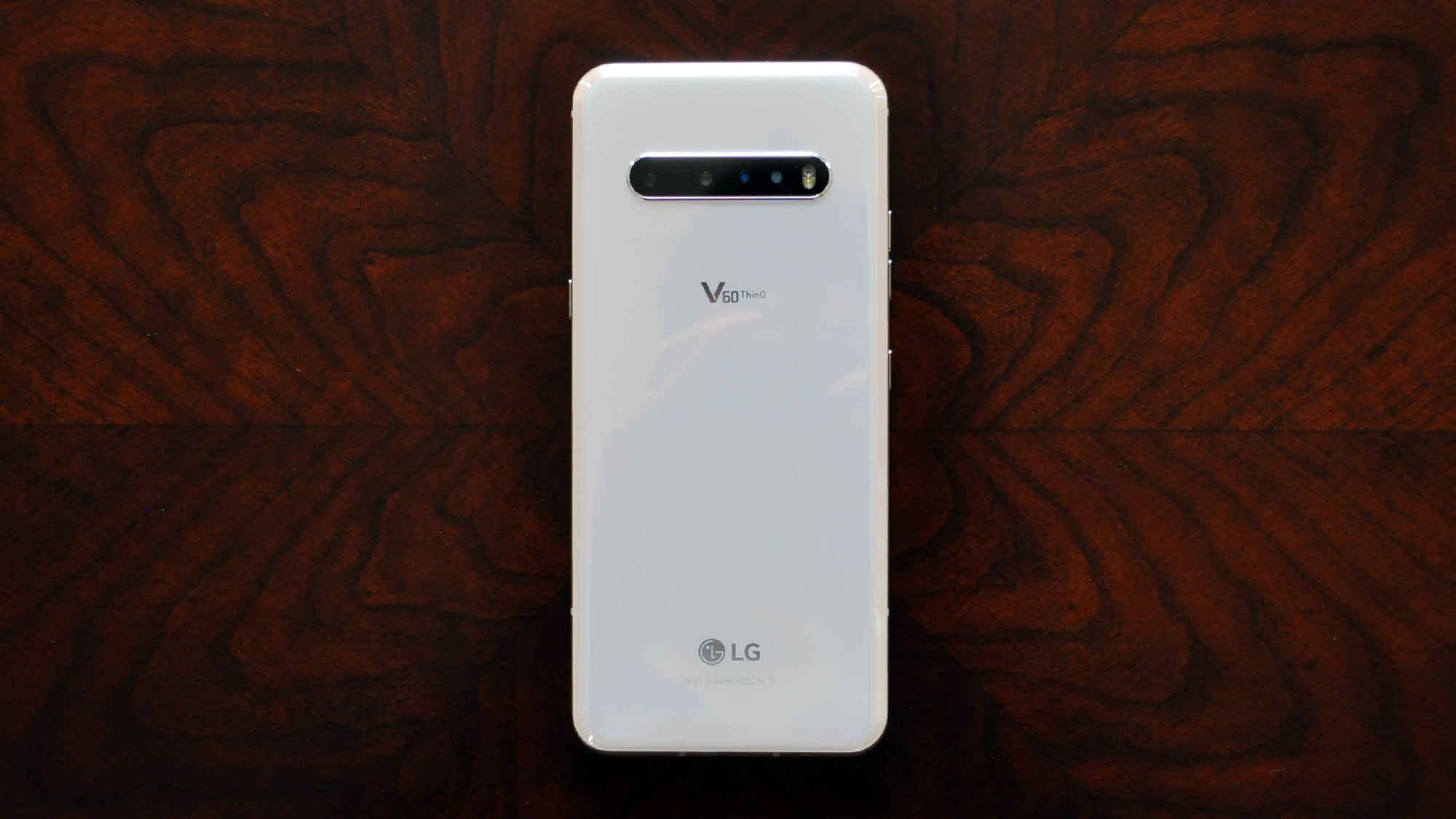
As Tom's Guide's persistent small-phone evangelist, I'm irked by the LG V60 ThinQ 5G's gargantuan proportions. But there's a reason this early wave of 5G phones is so large and ungainly; it's a consequence of having to pack in all the radios necessary to connect to those emerging networks, as well as leaving enough space for a beefy battery to compensate for 5G's increased power consumption.
Despite this, I'd still go so far as to call the V60 pretty — even though it's almost indistinguishable from many of the V-series devices before it, and even though it may not be ergonomically friendly. I like the phone's chamfered edges that merge anodized aluminum with a more reflective, metallic finish where the frame meets the front glass. I like the subtle trim around the triple-camera module, and I like the understated elegance of the flat display. The V60 especially looks great in blue, because that colorway swaps the white model's silver chassis for an eye-catching gold.
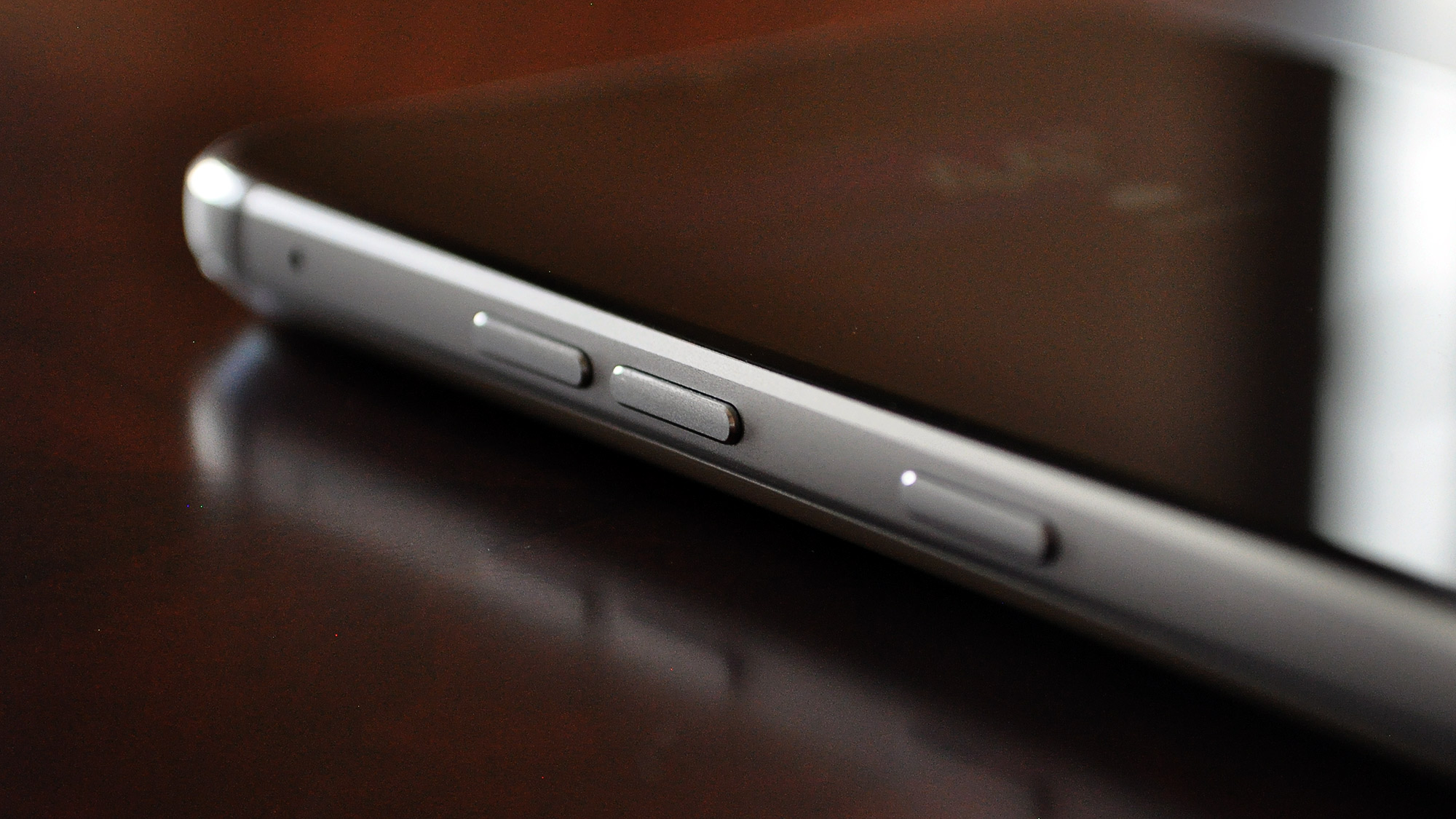
In fact, my only gripe about the V60's design — aside from its size — is its buttons. The left side of the device carries the volume up and down keys, as well as a Google Assistant key just below those. The problem is, all of these buttons are exactly the same size and trimmed with the same texture, making it difficult to tell one apart from the others in a pinch. This certainly could have been mitigated with the use of a volume rocker rather than breaking volume up and down into separate keys, and I'm not sure why LG wasn't satisfied with that solution.
When you do locate those volume keys, though, you'll find that the speakers can get awfully loud — louder than most phones we've tested to date. The inclusion of a 3.5-millimeter jack and quad digital-to-analog converter when using headphones also make the V60 a good choice for audiophiles, though as I'm not an audiophile myself, I couldn't discern much of a difference whether the DAC was on or off.
LG V60 ThinQ 5G: Display
LG's OLED displays are usually quite good, but a step behind Samsung's — and once again, that rings true for the LG V60 ThinQ 5G. The 6.8-inch panel in LG's newest flagship gets decently bright, though not as bright as the screens you get in the Galaxy S20 range. It's also not as sharp and can't animate quite as fast.
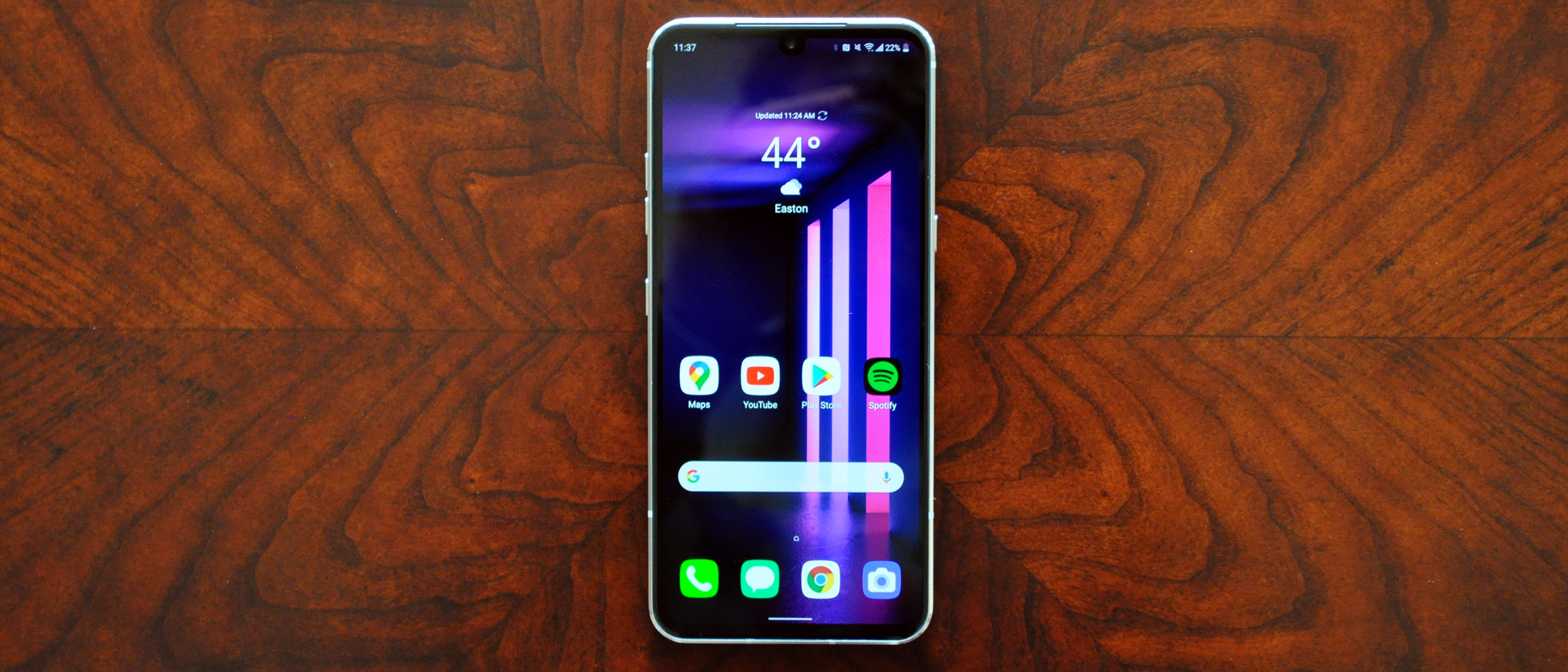
Let’s start with the brightness. The V60's full-screen peak of 578 nits isn't bad, but it's outshined by the iPhone 11 Pro (761 nits) and the Samsung Galaxy S20 Plus (847 nits). Indoors, the relative dimness is no big deal, but it impedes readability when using the V60 outside on a sunny day.
The V60's full-HD+ resolution (2460x1080) also translates to fewer, less densely packed pixels than in quad-HD devices, like the Galaxy S20 line. If the V60's screen were an inch smaller, this wouldn't really bother me, as the density would be acceptable for the size. But once you approach 7-inch territory, you're spreading those pixels out a bit thin, resulting in graphics, text and games that just don't look as precise as when viewed on competing flagships.
The V60 also has no answer to the S20's 120Hz refresh rate, which delivers animations twice as smooth as on conventional, 60Hz panels. Many phone makers — from Google, to OnePlus, to Samsung — have started experimenting with fast-refresh screens, and the results have been enticing, especially regarding touch responsiveness. The V60's screen looks fine enough, but it doesn't drive the industry forward and lacks any sort of innovative features, making it feel like a bit of an afterthought.
LG V60 ThinQ 5G: Cameras
LG's mobile cameras have rarely been industry-leading, though they're often better than they get credit for. The V60 packs three lenses on the back — a primary 64-MP wide-angle one, a 13-MP ultrawide and one of LG's time-of-flight Z Cameras — along with a 10-MP front-facing shooter. The 64-MP main lens can even record 8K video.
- Best camera phones: Does the V60 make the list?
- Best Android camera apps
It must be said that the choice of optics here is a bit head-scratching — particularly the decision to devote space to a depth sensor rather than a telephoto lens. It's likely that a telephoto camera would have driven up the device's cost, but it's also incredibly useful, both for shallow depth-of-field portraits and zoom shots. Without a telephoto, the V60 can't deliver the 3x or 4x optical quality of the Galaxy S20 family, or even anything to match the iPhone 11 Pro's 2x lens. And, historically speaking, time-of-flight sensors seldom justify their existence.
That's not to say the V60 doesn't have tricks in its camera arsenal. That 64-MP main lens can merge four pixels into one to allow more light to reach the sensor. The resulting shots are quite bright — perhaps too bright, judging from the washed-out example the V60 delivered here of a plant. The Galaxy S20's attempt suffers from heavy-handed, artificially boosted greens and shadows due to Samsung's Scene Optimizer technology, but the V60's version is hardly perfect, either. In fact, it looks undercooked by comparison, which is surprising, considering both of these pictures were taken on a sunny day.
Turning to the V60's performance in the dark, LG's camera app left the shutter open for a full 4 seconds to capture this idyllic night scene. However, the V60 still pulled in much less detail in the shadows compared with Google's Pixel 4. In fairness, it was extremely dark out when this picture was taken — I snapped it about 9 p.m. — so the V60's version of things is the more realistic of the two, dimmer though it is. That said, oftentimes users look to night mode to illuminate what can't be seen — not to necessarily deliver the most true-to-life shot — and so you could make a case for either device here.
Indoors, I relied upon the V60's 2x digital zoom and the Pixel 4's 2x optical zoom to capture this pair of photos of die-cast model cars. Considering the lighting was less than ideal, once again, the darker, less colorful result from the V60 is more true to the scene's actual conditions. Still, I prefer the Pixel's punchier hues and improved fidelity in the shadows, particularly around the tires of the white Ford in the foreground.
The V60's lack of a telephoto lens means that bokeh-style portraits apply blur to the feed from the ultra wide-angle camera, producing an effect that seems as though it was added after the fact in Photoshop. I don't like it, but nevertheless I was more satisfied with the output from LG's device here, as it better captured the subject's skin tone and struck the appropriate white balance for the scene. The S20's rendition is marred by heavy shadows and boundaries between objects, as well as an overly warm cast.
We end with a pair of selfies, and certainly my least favorite picture I took with the LG V60 ThinQ 5G. I can't explain why the V60 made the strange color choices it did here; everything's all wrong, from the oversaturated greens, to the redness of my skin tone, to the color of my beanie, which is more of a coral rather than a light brown. LG's algorithms weirdly drained all the contrast out of the selfie, leaving a surreal result devoid of shadows and highlights.
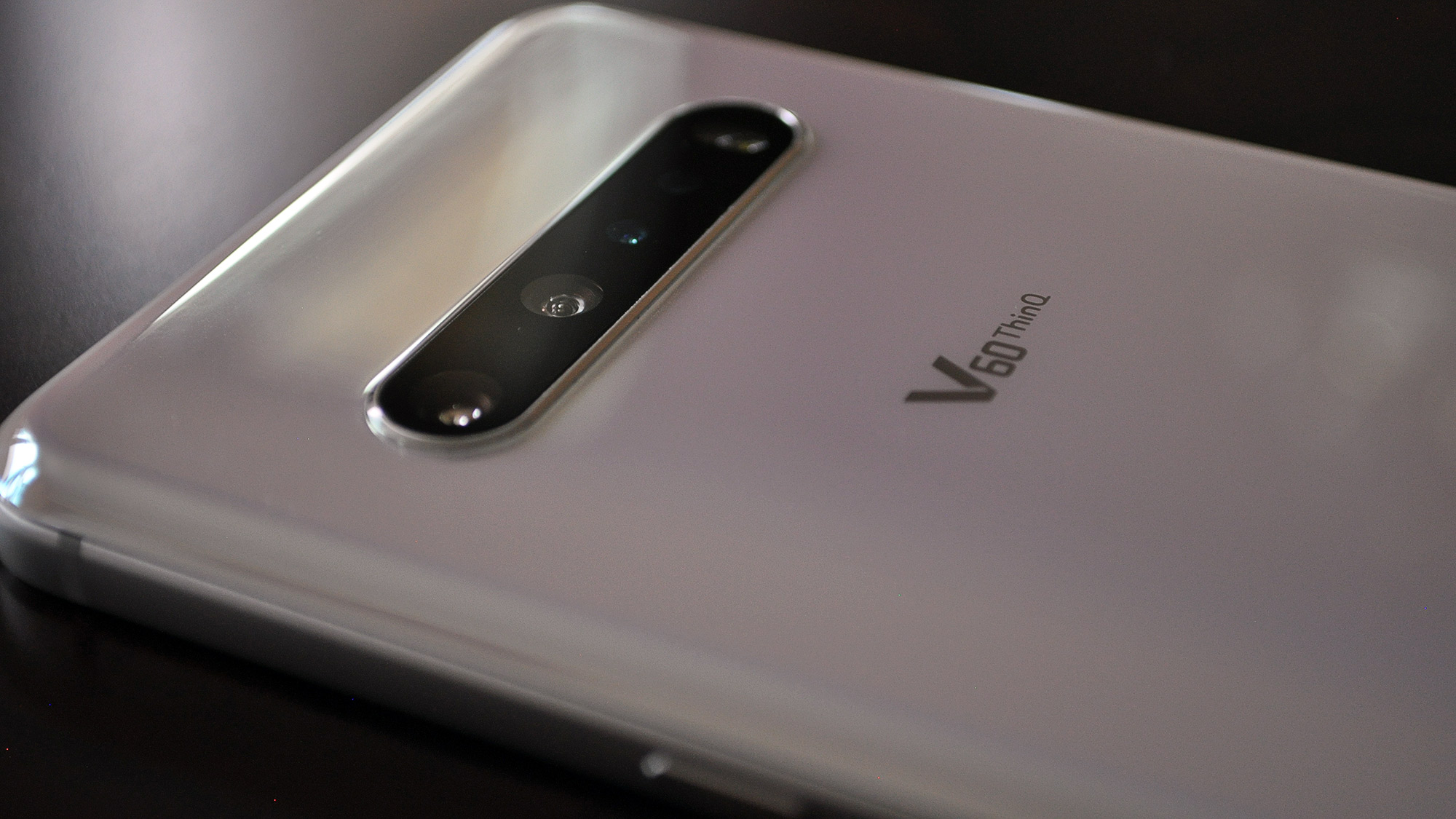
Occasionally, the V60's cameras will produce satisfying results. However, inconsistencies in post-processing, as well as a tendency to overbrighten already well-lit scenes, hold it back from ranking among the best camera phones.
LG V60 ThinQ 5G: Dual Screen and software
Once again, LG is selling its latest V-series device with an optional case that adds a second screen for you to fill up with apps and extra browser tabs. The design here is essentially unchanged from its implementation on the LG G8X ThinQ, the company's last dual-screen ready phone, though there is a new semirugged ribbed texture on the back that makes the device easier to grip when the case is on.
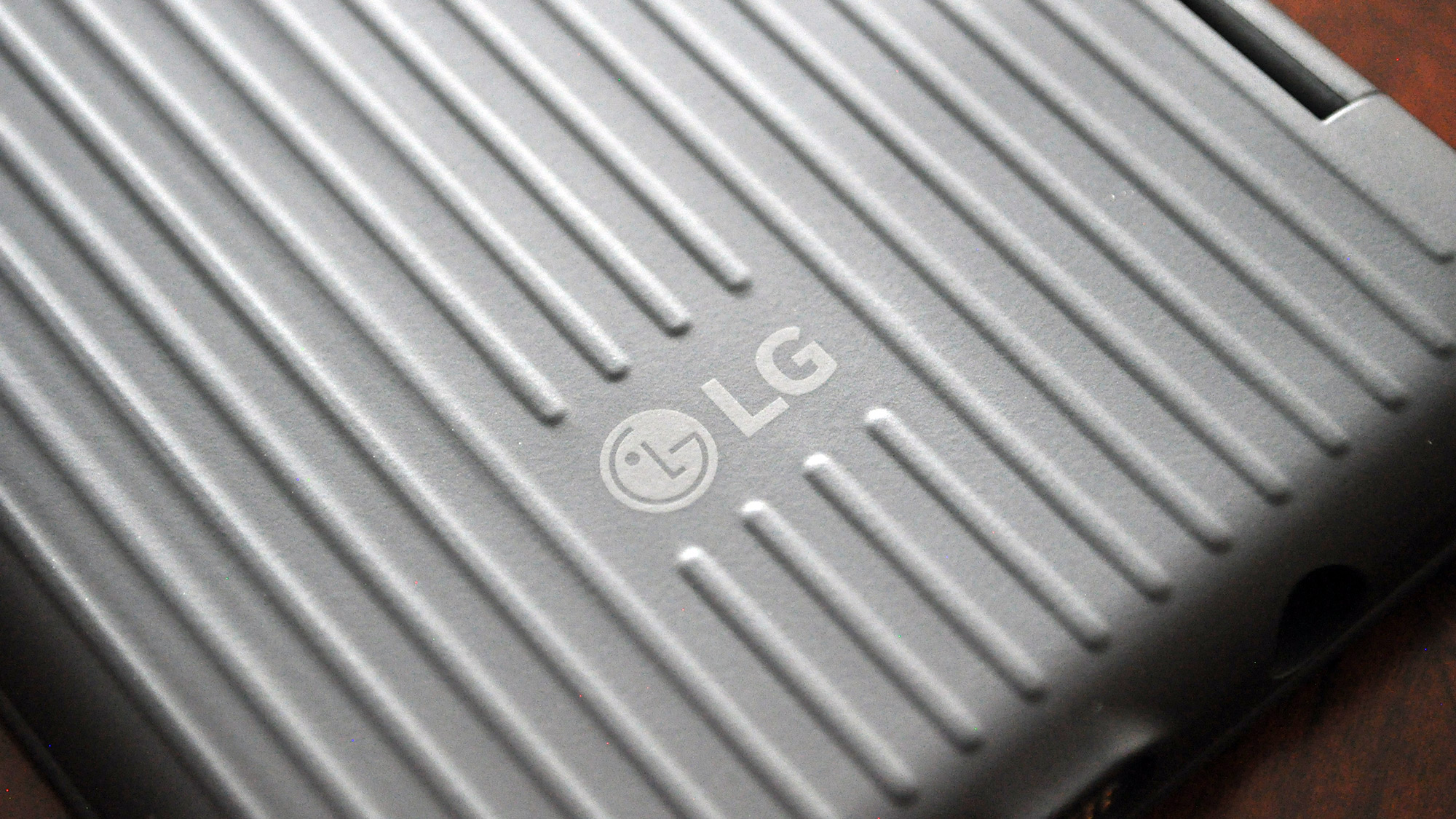
And that added bit of grip is important, because the V60 becomes really hard to hold when used in its dual-screen guise. As I alluded to earlier, this is already a massive smartphone, and essentially tacking on a whole extra phone's worth of thickness to a 6.8-inch handset is a daunting proposition, even if you're getting double the real estate out of it.
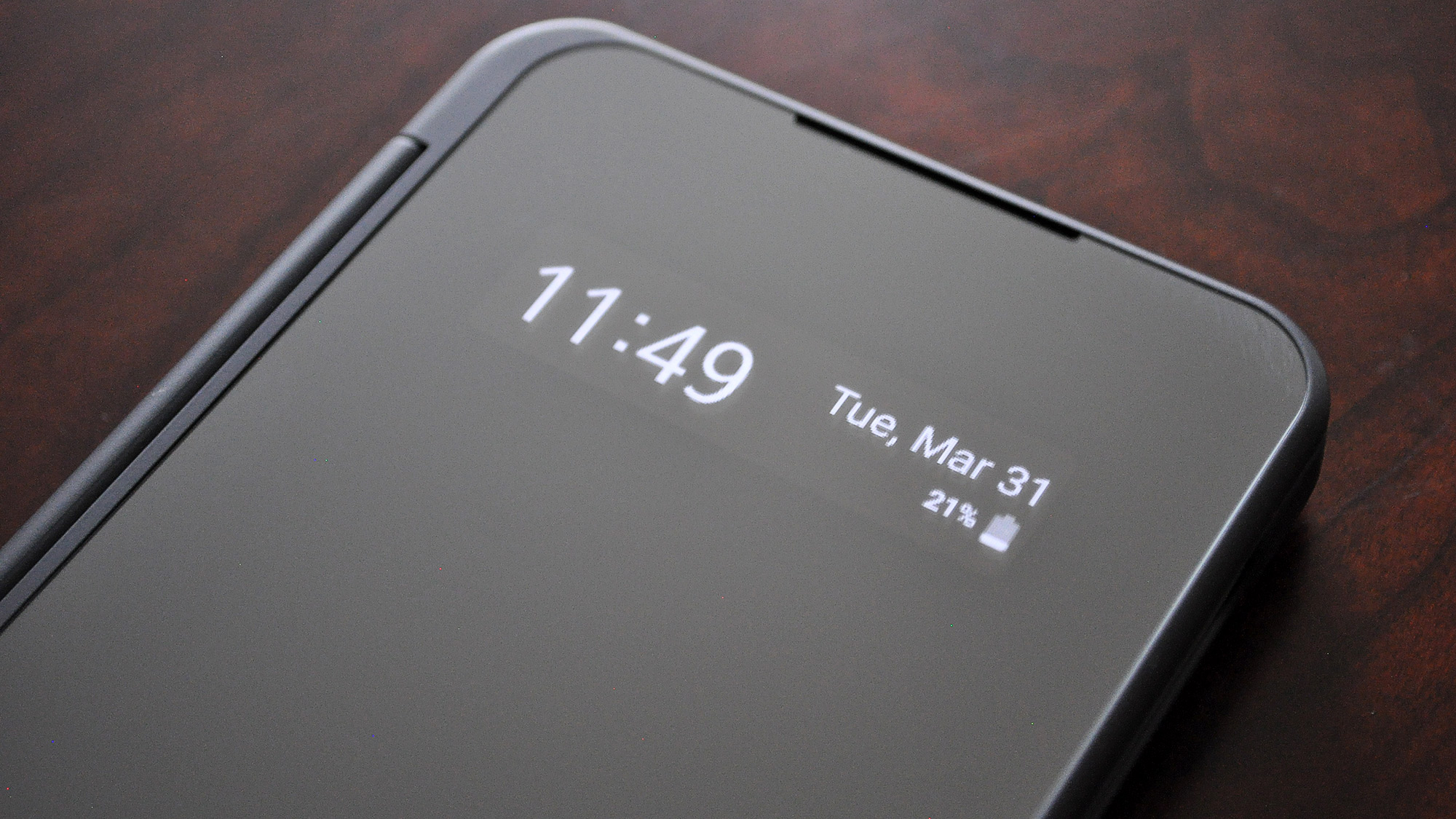
On the 6.4-inch G8X, the second screen made a little more sense; while that device was also large, it wasn't one of the biggest smartphones I've ever used. The V60, on the other hand, might set a new personal record. I struggle to imagine anyone remarking "you know what this already oversized phone needs? Another display."
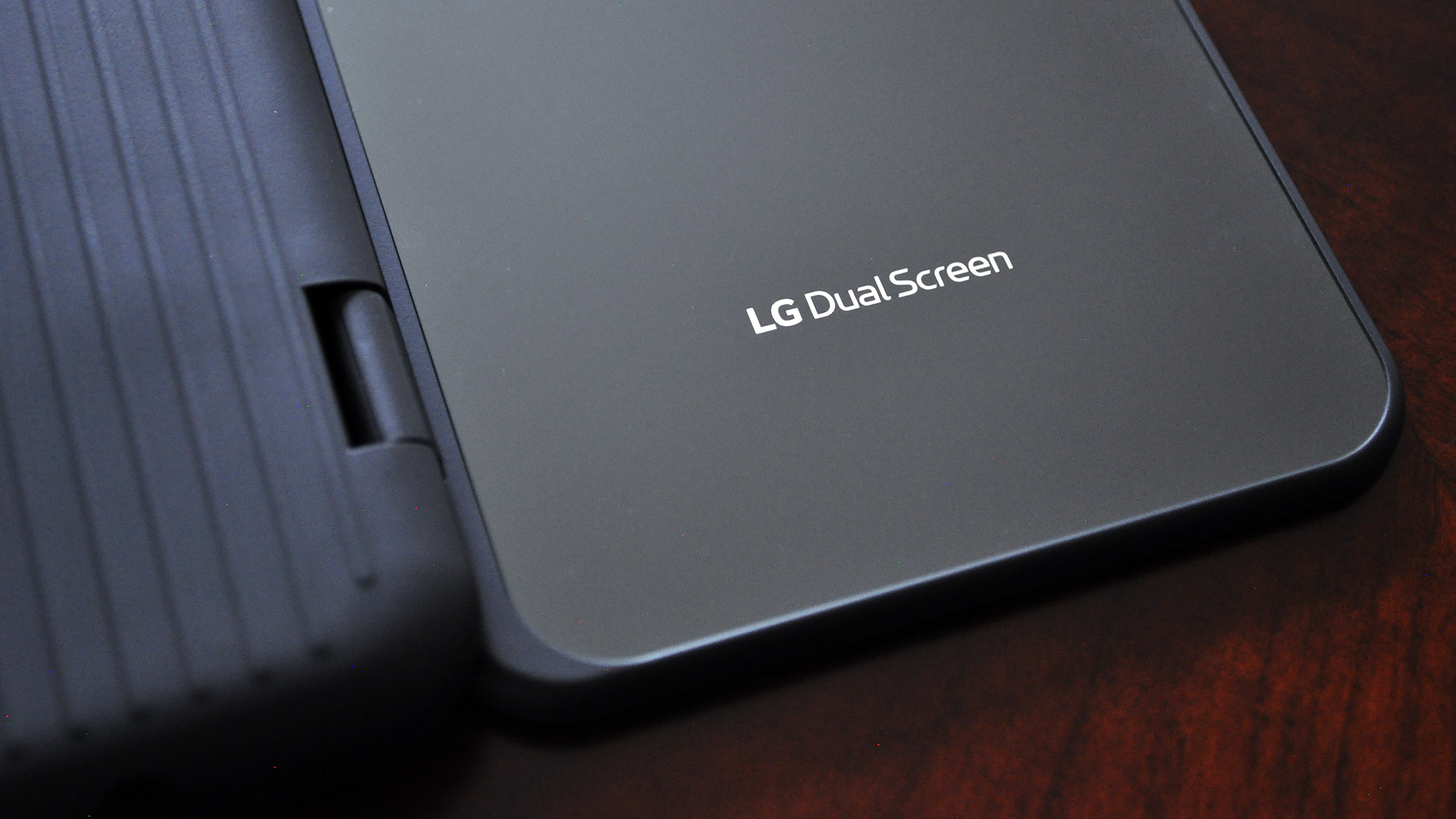
Nevertheless, the Dual Screen case is there if you want it, and every carrier offers the V60 with that add-on included. Although LG evidently sees a lot of value in this design — this is the company's third attempt at a dual-screen phone, after all — it's starting to feel like LG has taken this idea about as far as it's ever going to go.
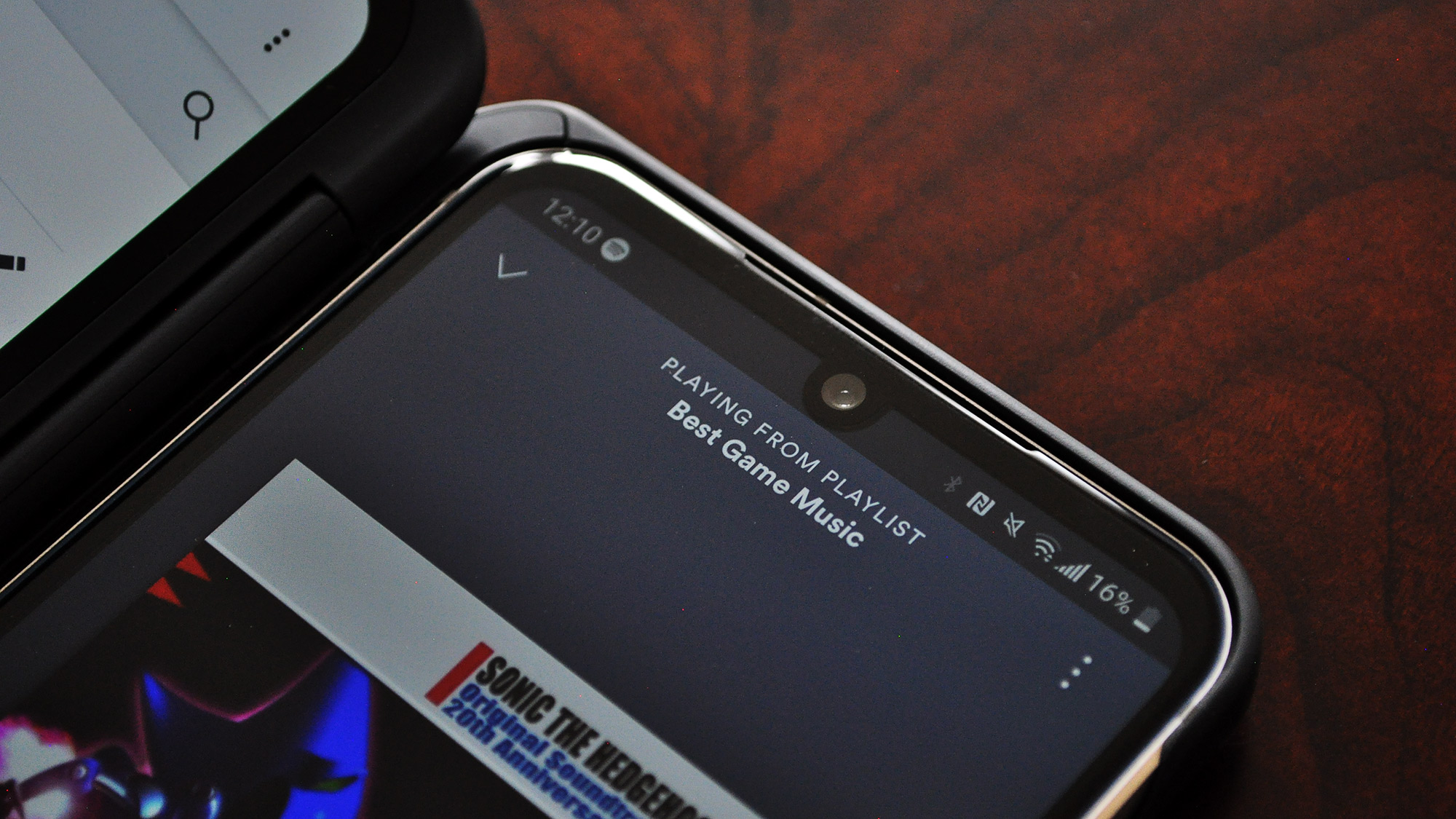
For starters, apps just aren't built for it. Chrome will run in two separate instances on each screen, but won't share a pool of tabs. Naver's Whale browser, which comes preinstalled on the V60, is built to run across both screens, but even then the experience is still clunky, as the tab overview in the main browser window doesn't take account of whatever's open on the other screen.
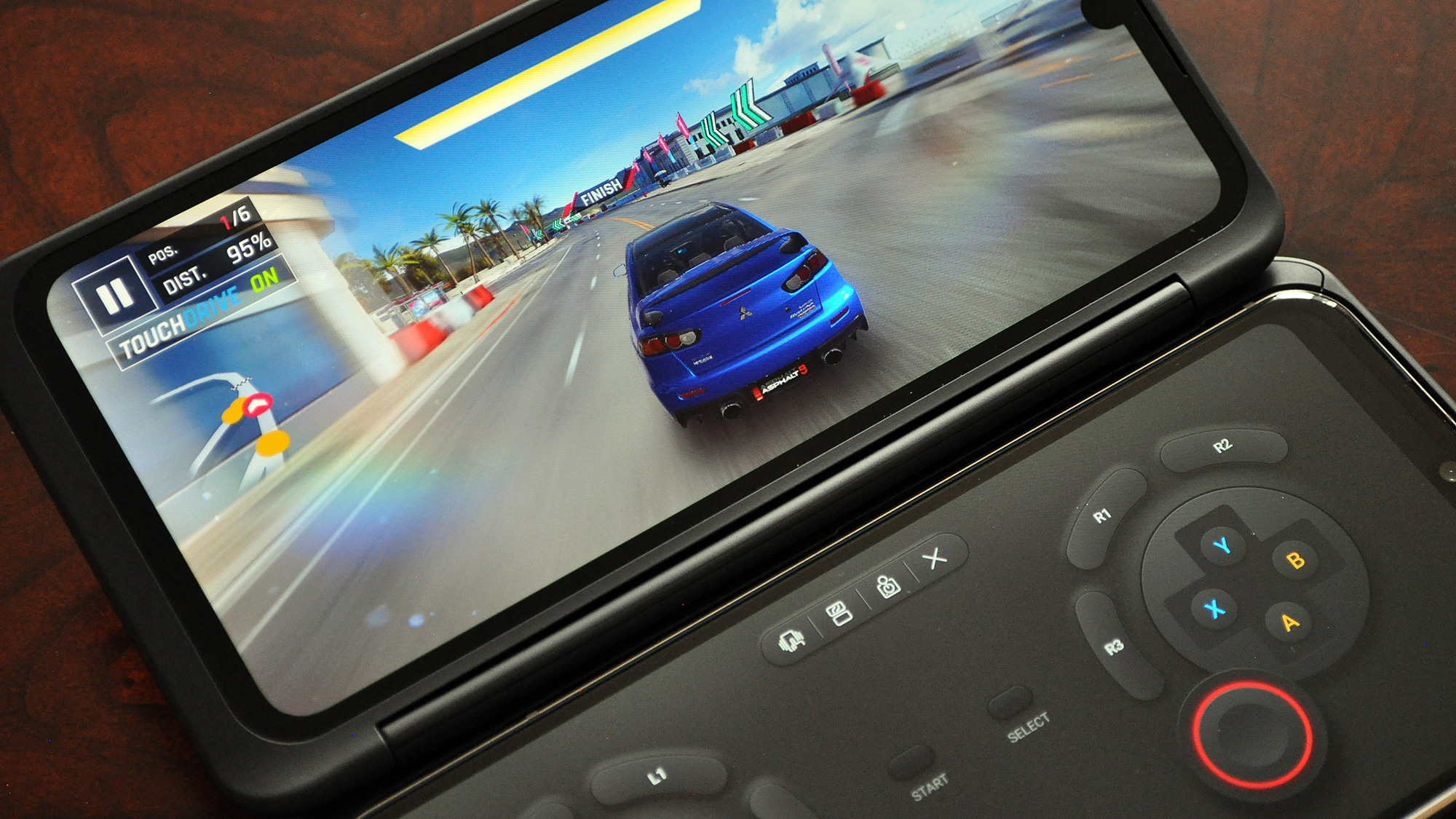
LG's digital gamepad is here again, too, just like it was on the G8X, and is equally as frustrating. Depending on which screen you launch a title in, you could end up with the game running on the phone's display, forcing you to hold the wafer-thin second panel as a controller. One time, Asphalt 9 even launched oriented away from the other screen, which would've been more irritating if it wasn't so funny in the moment.
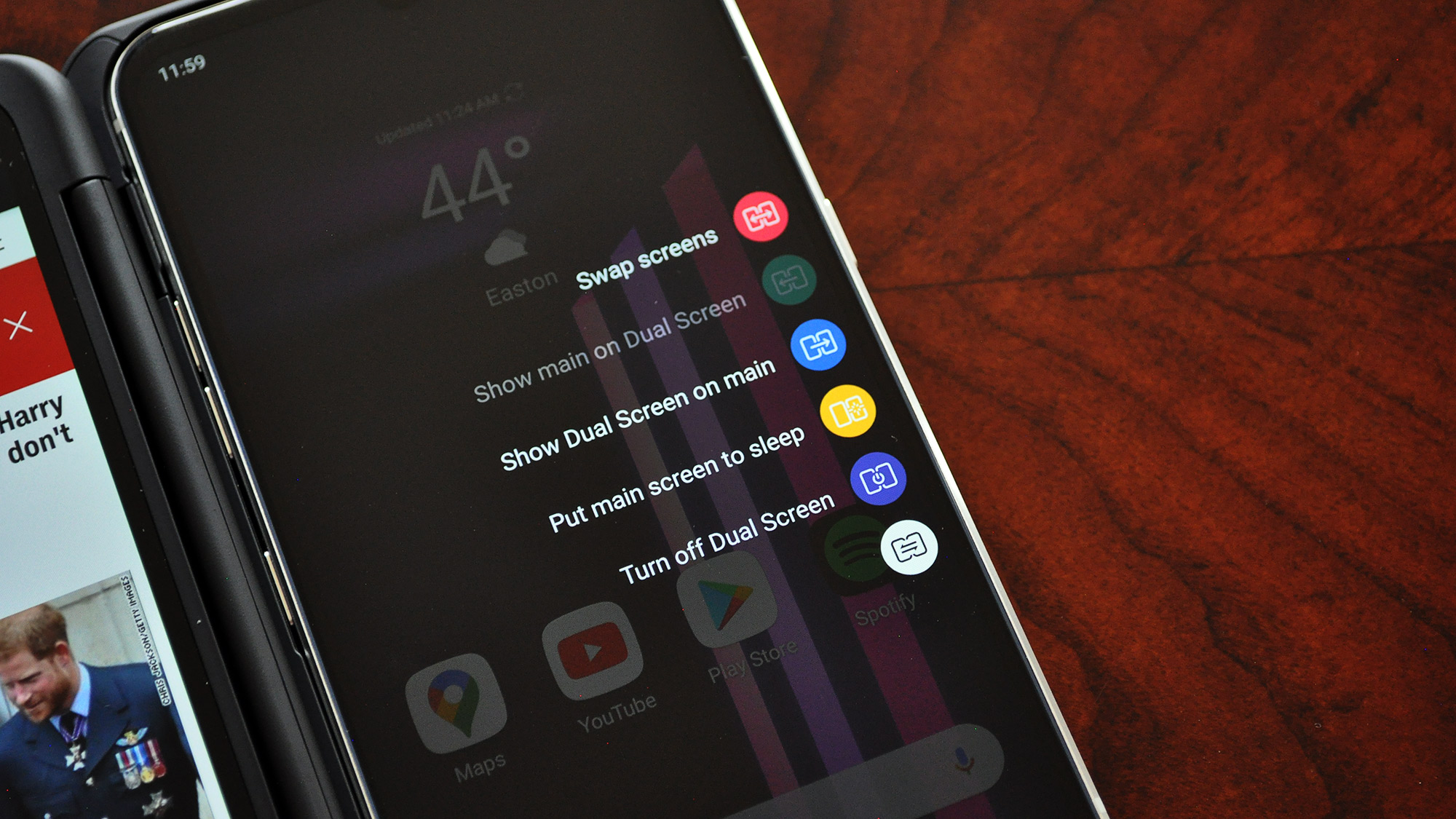
Dual Screen quirks aside, the V60 boots with Android 10 out of the box, along with the LG UX skin, which is truly showing its age at this point. The oversize, hyper-colorful icons, mess of indistinguishable quick toggles and needless duplication of core apps (like LG's own photo gallery and messaging apps, alongside Google's much better options) conspire to create an experience that offers no obvious advantages over stock Android, while simultaneously looking aesthetically worse.
At least Samsung's OneUI, found in the latest Galaxy phones, can claim some exclusive, useful perks of its own, like the ability to capture scrolling screenshots, or lock apps and media within a secure folder. LG's modifications to Android feel like change for the sake of branding, which is the cardinal sin of a pointless OEM skin. A serious rethink of the interface — or, a cleanup at the very least — is long overdue.
LG V60 ThinQ 5G: Battery life
Once upon a time, battery life was predictably always the weak link in LG's phones. But last year's LG G8X Dual Screen posed a watershed moment for the company's devices where endurance was concerned, and the V60 continues in the right direction.
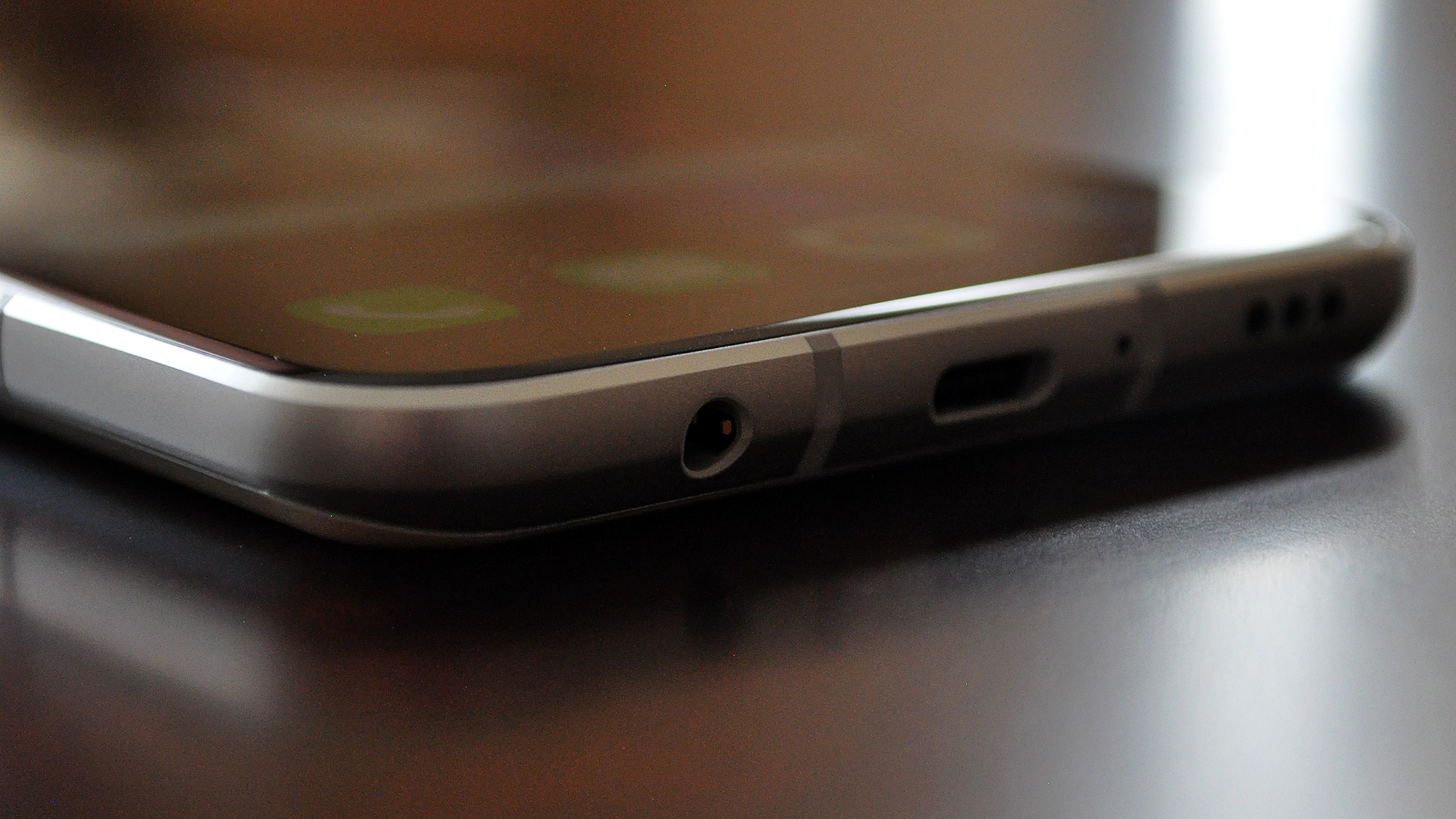
Then again, with a 5,000-mAh battery on board, it'd be hard for it not to. The V60 lasted an average of 12 hours and 46 minutes across two sessions of Tom's Guide's custom battery test, earning it a well-deserved place on our list of the best phone battery life. Our test forces devices to endlessly load web pages over a T-Mobile data connection, and the V60 fared an hour better than the iPhone 11 Pro Max (11:54) and the Samsung Galaxy S20 Ultra (11:58).
We also ran that same battery test with the Dual Screen case on and active, with content displayed on the second panel as well. In that trial, the V60 still endured for an impressive 7 hours and 34 minutes. That’s nearly as long as the 8 hours and 4 minutes the 4,000-mAh Galaxy S20 gave us when using its 120Hz refresh rate instead of the default 60Hz setting.
The V60 isn't the quickest flagship to charge back up, replenishing 26 percent in 15 minutes and 51 percent in a half hour. By comparison, the OnePlus 7T reaches 61 percent in 30 minutes. Then again, given how long the V60 lasts between charges, that time spent waiting won't come as frequently as it does with other phones.
LG V60 ThinQ 5G: Performance
Armed with Qualcomm's latest Snapdragon 865 chipset and 8GB of RAM, the V60 is on a par with Samsung's latest flagships regarding performance.
The V60's showing in Geekbench 5 — an overall system stress-test — was particularly encouraging, as the device turned out an average multicore score of 3,420 across three sessions. That not only beats out the S20 Plus, at 3,076 points, but comes within striking distance of the iPhone 11 Pro Max's 3,517-point result.
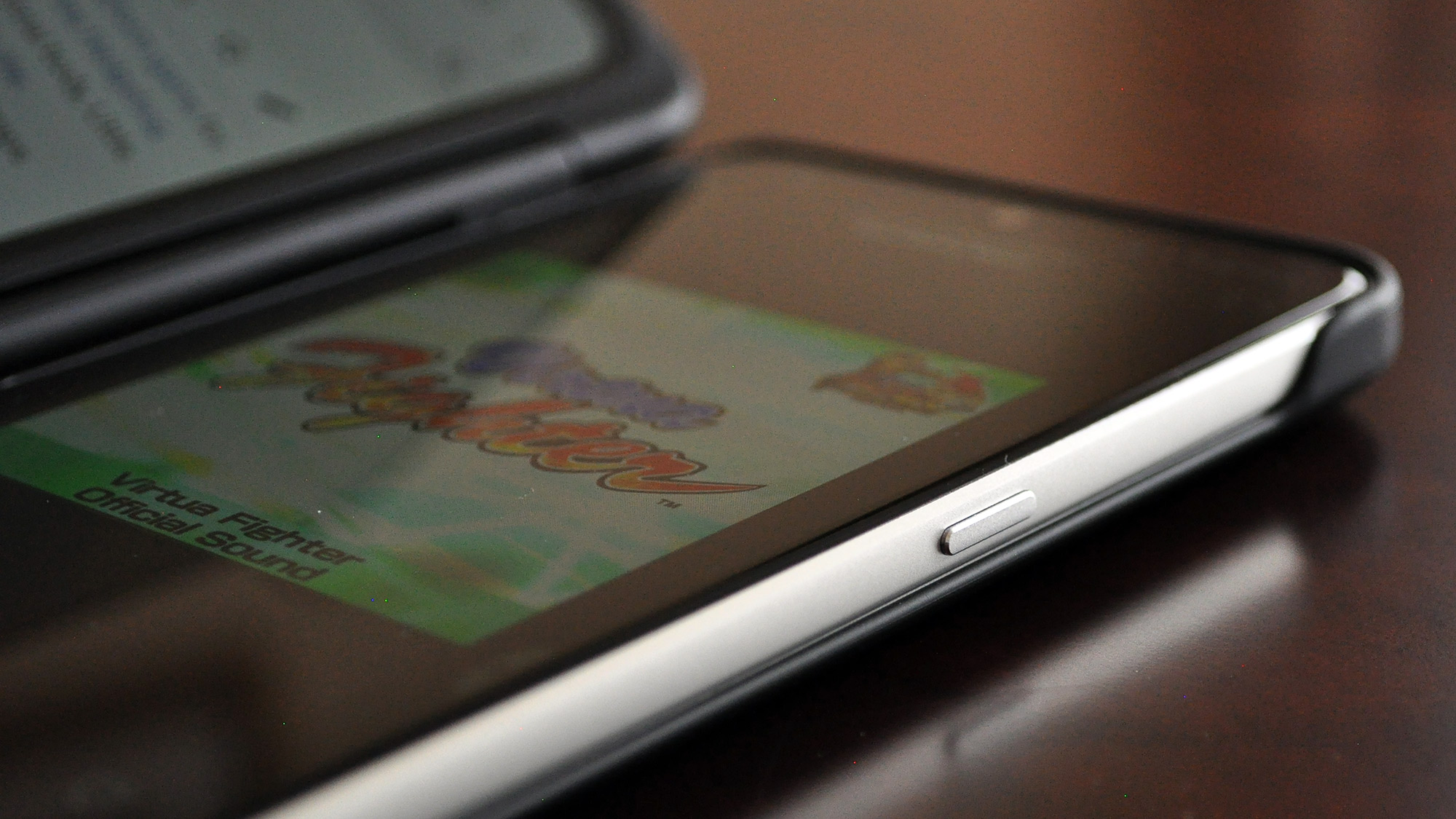
In GFXBench's Aztec Ruins Vulkan off-screen graphics gauntlet, the V60 tallied 1,313 frames at 20 frames per second (fps) — near as makes no difference to the S20 Plus' 1,319 frames at 21 fps, and a bit further off the mark compared with the iPhone 11 Pro Max's 1,657 frames at 25 fps.
All this is to say the V60 is a very powerful phone — among the most powerful you can buy today, in fact, even though it has up to half the RAM of Samsung's most expensive Galaxy, the S20 Ultra. And that power enables the V60 to run two apps simultaneously using the Dual Screen attachment with ease, or make a demanding mobile title like Asphalt 9: Legends look and run its best.
LG V60 ThinQ 5G: Verdict
At a time when a growing number of phone manufacturers aren't afraid to sell high-end models with prices well beyond four digits, the LG V60 ThinQ 5G, with its massive display, optional second screen and impressive battery life, seems like a good deal for $899. If you're chiefly concerned about longevity on a charge, or the prospect of a flagship smartphone in 2020 with a headphone jack really excites you, it's not a bad choice at all.
Then again, after spending time with the V60 for this review, it's become clear that the inclusion of the Dual Screen accessory makes this phone seem like a better value than it actually is. I struggle to imagine most people getting use out of a whole second display when the existing one already measures 6.8 inches. Once you factor in the bulk the case adds, it becomes an even harder sell, and for a negligible benefit.
Strip the Dual Screen element from the equation, and you're left with a serviceable flagship that is better priced than its contemporaries (though just barely) with average cameras, a screen that feels a generation behind and software that's even more dated than that. The V60 isn't bad, but it reeks of obligation, rather than inspiration. And it makes you wonder: after the V30, V30S, V35, V40 and V50 — all of which were separated by indistinguishable differences — how many more times does LG plan to build this phone?
Adam Ismail is a staff writer at Jalopnik and previously worked on Tom's Guide covering smartphones, car tech and gaming. His love for all things mobile began with the original Motorola Droid; since then he’s owned a variety of Android and iOS-powered handsets, refusing to stay loyal to one platform. His work has also appeared on Digital Trends and GTPlanet. When he’s not fiddling with the latest devices, he’s at an indie pop show, recording a podcast or playing Sega Dreamcast.
-
titomus Comment about battery life.Reply
In the article it states: "The V60 isn't the quickest flagship to charge back up, replenishing 26 percent in 15 minutes and 51 percent in a half hour. By comparison, the OnePlus 7T reaches 61 percent in 30 minutes. Then again, given how long the V60 lasts between charges, that time spent waiting won't come as frequently as it does with other phones."
OnePlus 7t battery capacity is 3,800mAh, 61% of it in 30 minutes is 2318mAh in 30 minutes.
V60 battery capacity is 5,000mAh, 51% of it in 30 minutes is 2550mAh in 30 minutes.
I'd say the V60 charges faster than the OnePlus 7t you just compared it to. I'd take the 2550mAh over 2318mAh anyday! -
JW88 LG V60 ThinQ (T-Mobile) frequently disconnects from 5GHz WiFi networks and will not reconnect or even see the network until I reboot the phone. No other devices experience this issue with my network (AT&T Fiber standard issued modem / router). I have performed extensive troubleshooting restarting every component, changing the wireless broadcast channel, removing and re-adding the network, resetting devices, etc. which does not resolve the issue. When will an update be released to fix this? This needs to be escalated to LG and Qualcomm and an update badly needs to be issued.Reply
